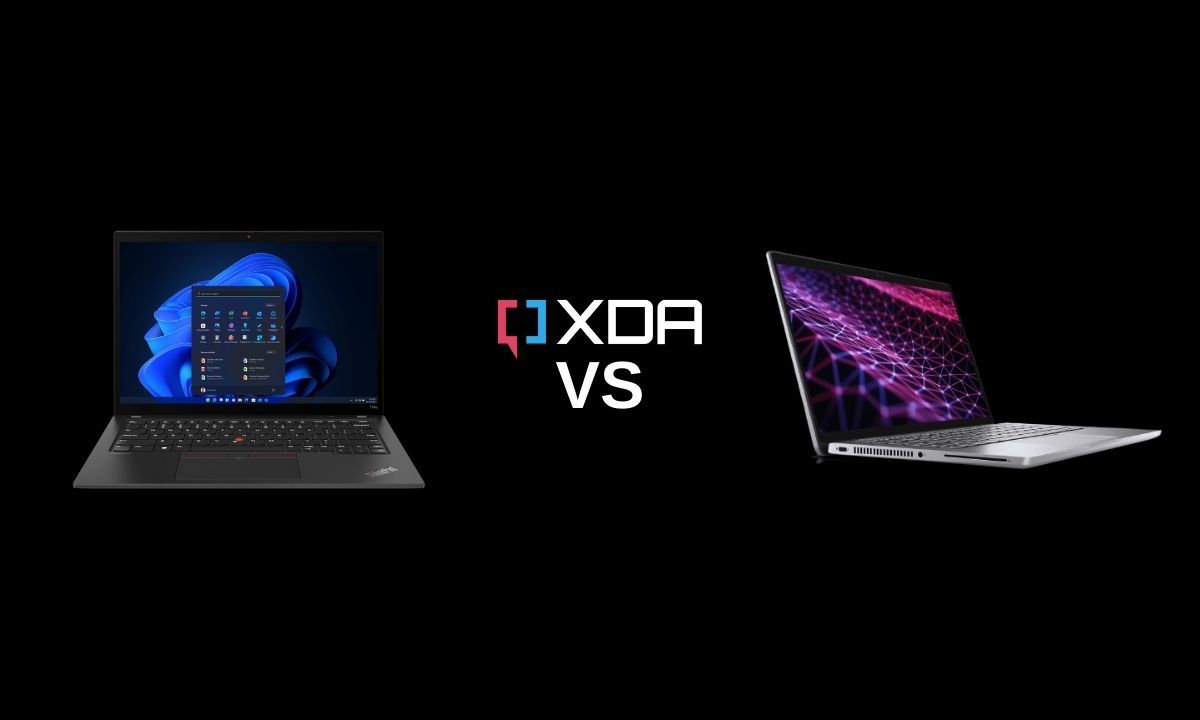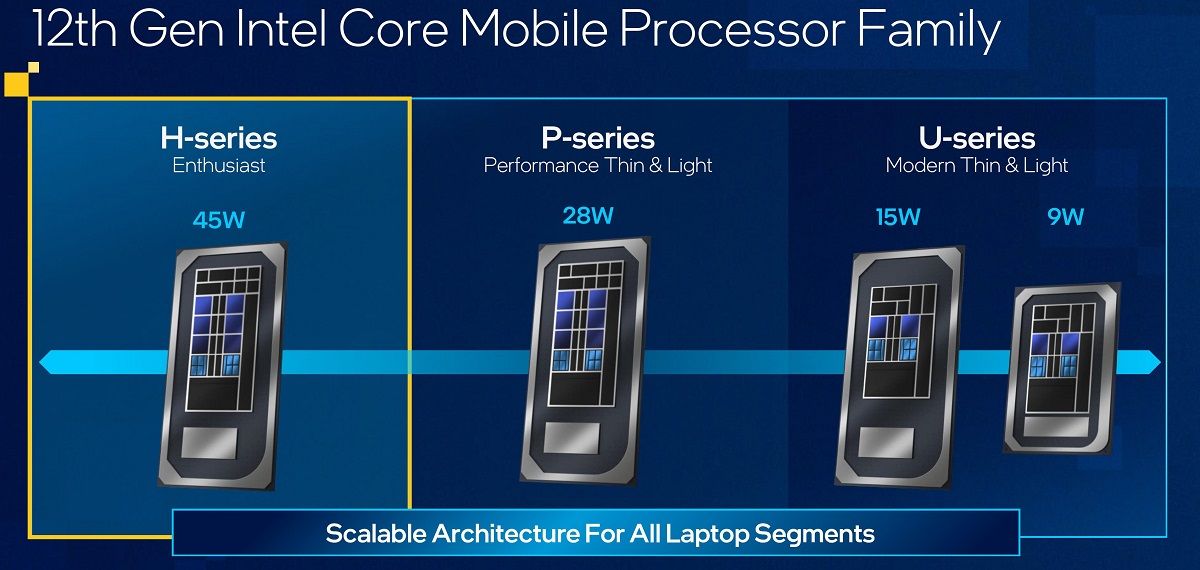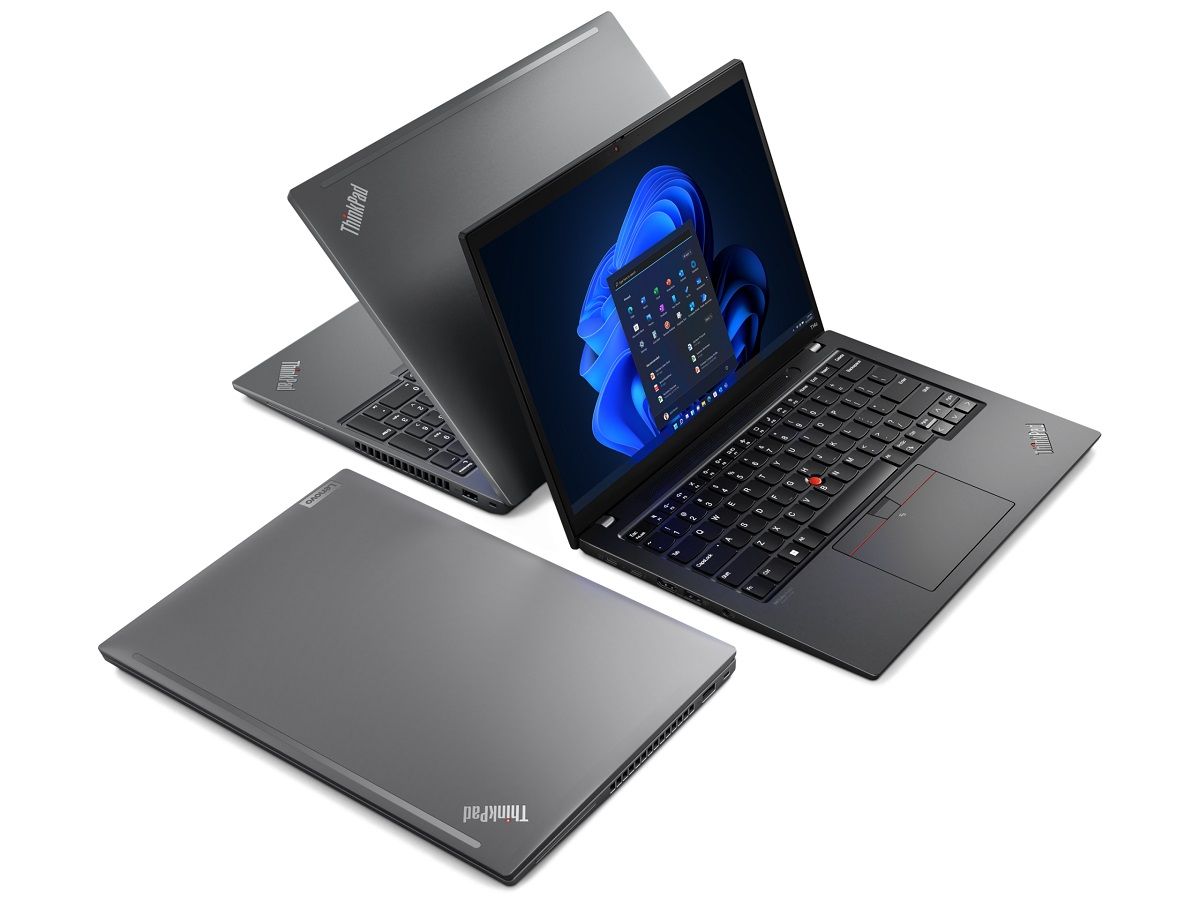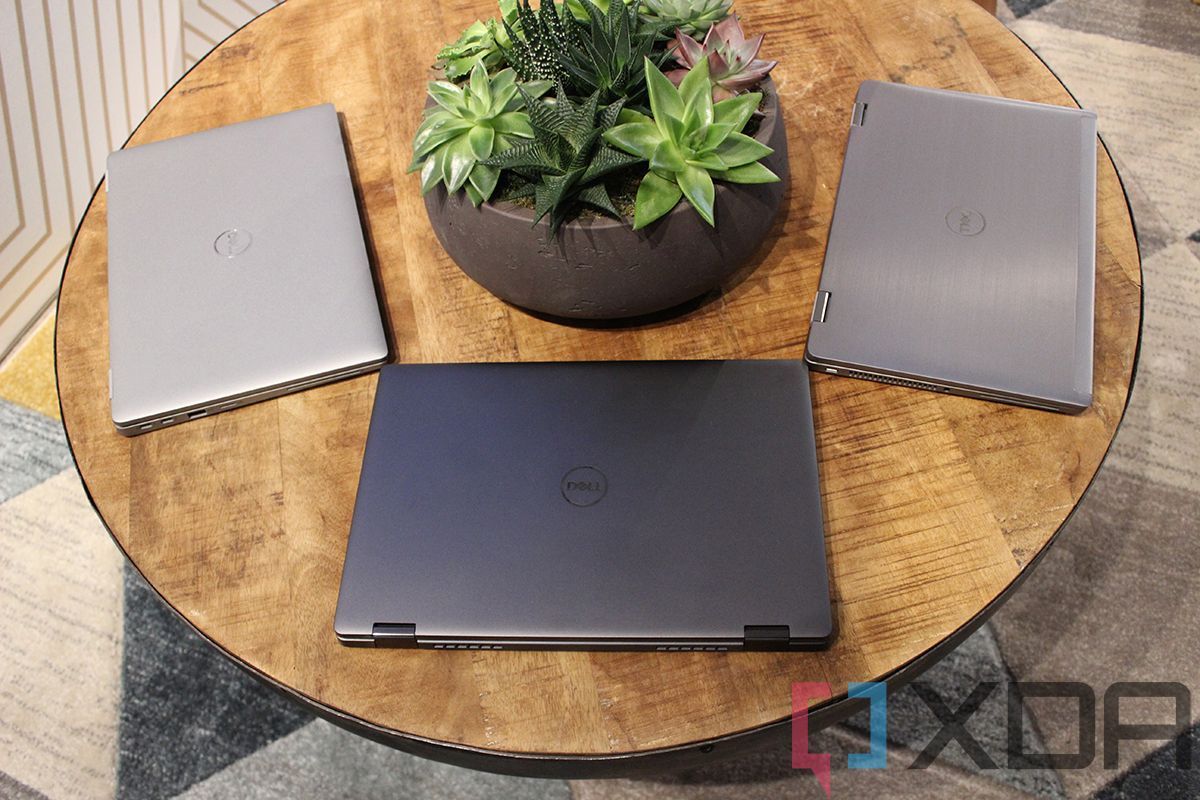There are a ton of 14-inch business laptops on the market right now, so it might be a little overwhelming to pick one from a sea of options out there. If you are on the lookout for some new options in the business space, then the new Dell Latitude 7430 and the Lenovo ThinkPad T14s Gen 3 are some solid options to consider. They both are powered by the latest generation of processors out there, complete with support for all the enterprise features. In this article, we're going to take a look at the Dell Latitude 7430 vs Lenovo ThinkPad T14s Gen 3 comparison to find out which one's the better 14-inch notebook to buy in 2022.
Navigate this article:
Dell Latitude 7430 vs Lenovo ThinkPad T14s Gen 3: Specifications
Before we begin the comparison, let's a quick look at the specifications table to see what each of these laptops brings to the table:
|
Specification |
Dell Latitude 7430 |
Lenovo ThinkPad T14s Gen 3 |
|---|---|---|
|
CPU |
|
|
|
Graphics |
|
|
|
RAM |
|
|
|
Storage |
|
|
|
Display |
|
|
|
Battery |
|
|
|
Ports |
|
|
|
Audio |
|
|
|
Webcam |
|
|
|
Windows Hello |
|
|
|
Connectivity |
|
|
|
Size (WxDxH) |
321.35 x 208.69 x 7.27 mm (12.65 x 8.22 x 0.68 in) |
|
|
Weight |
|
|
|
Price |
|
|
Performance
Both the Dell Latitude 7430 and the Lenovo ThinkPad T14s Gen 3 notebooks are powered by the latest generation of processors. While the Dell Latitude 7430 is limited to just Intel's new 12th gen vPro processors, the ThinkPad T14s Gen 3 can also be purchased with AMD's new 6000 series processors. Being able to configure the notebook with AMD processors gives a slight advantage to ThinkPad T14s Gen 3, but we think the overall performance of both laptops is going to be pretty much the same.
The Dell Latitude 7430 can be purchased with either the 12th gen P-series chips or the less powerful U-series chips. We're yet to get our hands on notebooks powered by the new P-series and U-series chips, so we suggest you take a look at our Intel 12th gen P-series vs U-series comparison to learn more about the differences in each CPU series. In ThinkPad T14s Gen 3's case, you can get Intel P-series or the Ryzen 6000 series PRO processors. Lenovo is using a 19W processor for its AMD version, so it'll be interesting to see how it compares with the 15W U-series chips inside the Dell Latitude 7430.
Both laptops can also be configured with up to 32GB of memory. Dell gives you an option between DDR4 and LPDDR5 memory modules, whereas the Lenovo ThinkPad T14s Gen 3 only comes with LPDDR5 modules. We recommend picking up the one with the LPDDR5 module as DDR4 memory also has less frequency. In ThinkPad's case, the Intel variants carry 4800MHz RAM while the AMD variants come with 6400MHz modules. All the ThinkPad T14s Gen 3 notebooks have LPDDR5 memory, so no differences there.
As for the storage, the ThinkPad T14s Gen 3 comes with up to 2TB while the Dell Latitude 7430 tops out at 1TB. While it's hard to comment on the overall performance of each of these just yet, we think both laptops are going to be equally good for day-to-day workloads. Performance across resource-intensive workloads, however, will depend on the processor you pick and each laptop's ability to handle thermals under load.
Display
The Dell Latitude 7430 comes with 14-inch 16:9 panels. You can get both FHD and UHD panels with both touch and non-touch options. The refresh rate on all these panels is capped at 60Hz, so keep that in mind. While Dell is promising highly color-calibrated panels out of the box, it's something we'll have to test ourselves once we get the laptops in-house for testing.
The Lenovo ThinkPad T14s Gen 3 laptops, on the other hand, come with 14-inch 16:10 panels. You can get it with FHD+, 2.2K, 2.8K, and Ultra HD+ resolutions. There's also an OLED panel option with the ThinkPad T14s Gen 3 which also supports up to 90Hz refresh rate. This OLED panel, however, is exclusive to the Intel variants of the laptop. You can pick the Ultra HD+ panel with the AMD version. It's an IPS panel with support for touch input too. It's safe to say that Lenovo is offering more options to choose from when it comes to the display of the ThinkPad T14s Gen 3 laptop.
As an end-user, you essentially have an option to go with either a 16:9 aspect ratio panel or a 16:10 panel. While this decision boils down to a personal preference, we think buying a 16:10 aspect ratio makes more sense for a business notebook. A 16:10 aspect ratio panel offers more vertical screen space, which comes in handy when you are, say, viewing a web page or typing a word document. A 16:10 aspect ratio panel, however, is not the best for media consumption as you'll see black bars on both the top as well as the bottom in case of most content.
Design & ports
Dell is doing some interesting things with the design this time around with its Latitude series, and they look better than ever. The ThinkPad T14s Gen 3, on the other hand, looks similar to a lot of other ThinkPad laptops out there. The Latitude 7430 is slightly thinner than the ThinkPad T14s Gen 3, but they both weigh the same, coming in at 1.22 kgs. Just the AMD variant of the ThinkPad weighs a little bit more, but it's not a significant difference. You also get a webcam on top of the display on each notebook, so there's no need to buy separate webcams for meetings.
Both the Dell Latitude 7430 and the ThinkPad T14s Gen 3 notebook give you an option to choose between an HD or an FHD camera, which is great. An IR camera is optional on both laptops, so be sure to pick the right one in case you need Windows Hello support for authentication. Both laptops, however, also have a fingerprint scanner for added security, so not having an IR camera isn't necessarily a deal-breaker and is more of a personal choice.
Some other noteworthy features of the Latitude 7430's webcam include a camera shutter for additional privacy, support for Dell Express Sign-In, an ambient light sensor, and more.
Another thing to note about the Dell Latitude 7430 is that it comes in a 2-in-1 form factor too, which is great for a lot of users. Sadly, a 2-in-1 form-factor is not an option in ThinkPad T14s Gen 3's case, so we think the Latitude 7430 definitely earns some brownie points here in this case. The ThinkPad T14s Gen 3, on the other hand, comes with a standard keyboard with its signature TrackPoint and TrackPad that we've come to love over the years.
As far as the ports are concerned, the Dell Latitude 7430 comes with two USB Type-C Thunderbolt 4 with Power Delivery & DisplayPort 1.4 support, a single USB 3.2 Gen 1 with Power Share, an HDMI 2.0 port, and a Universal Audio jack. The ThinkPad T14s Gen 3 also offers a decent selection of ports if you look at both Intel and AMD variants. The Intel variant of the ThinkPad T14s Gen 3 comes with two Thunderbolt 4 ports, two USB 3.2 Gen 1 Type-A ports, a single HDMI 2.0b port, and a 3.5mm combo headphone jack. As for the AMD variant, you get a single USB 4 Type-C port, a single USB 3.2 Gen 2 Type-C port, two USB 3.2 Gen 1 Type-A ports, a single HDMI 2.0b port, and a 3.5mm combo headphone jack.
It's safe to say that the Dell Latitude 7430 is the clear winner here with a better port selection. Not only are you getting a lot of USB ports, but you also get an optional contacted SmartCard reader, which is quite important for a lot of business users. Connectivity options on both machines include support for Wi-Fi 6E, Bluetooth 5.2, 5G, and 4G LTE, so no differences there.
Dell Latitude 7430 vs Lenovo ThinkPad T14s Gen 3: Which one should you buy?
All things considered, both the Dell Latitude 7430 and the ThinkPad T14s Gen 3 are pretty good business notebook options. However, Dell seems to have done a lot of things right with the new Latitude series. We think it is better than previous Latitude notebooks and is powered by the new 12th gen Intel Core processors with both DDR4 and DDR5 memory options. You also get more ports with the new Latitude and it's also slightly thinner compared to the ThinkPad T14s Gen 3.
That being said, the ThinkPad T14s Gen 3 is more affordable than the Latitude 7430 starting at just $1,299. The Latitude 7430, on the other hand, starts at $1,969. Either way, we think you're looking at two really good 14-inch business notebooks that'll last you for years to come.
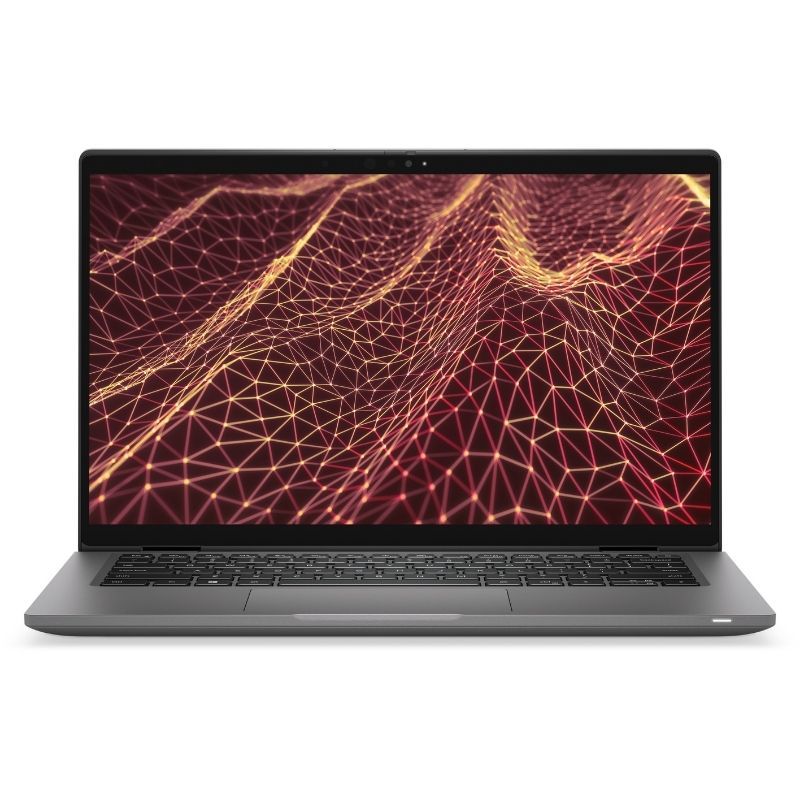
Dell Latitude 7430
The Dell latitude 7430 is available with 12th-generation Intel Core processors and other top-notch specs for business users.
We'll have to wait for more to get our hands on these devices for a full-fledged comparison, so stay tuned. In the meantime, you can also check out some of our other collection articles including the best ThinkPad notebooks and the best Dell laptops to see if you can find some other laptops that you like.

